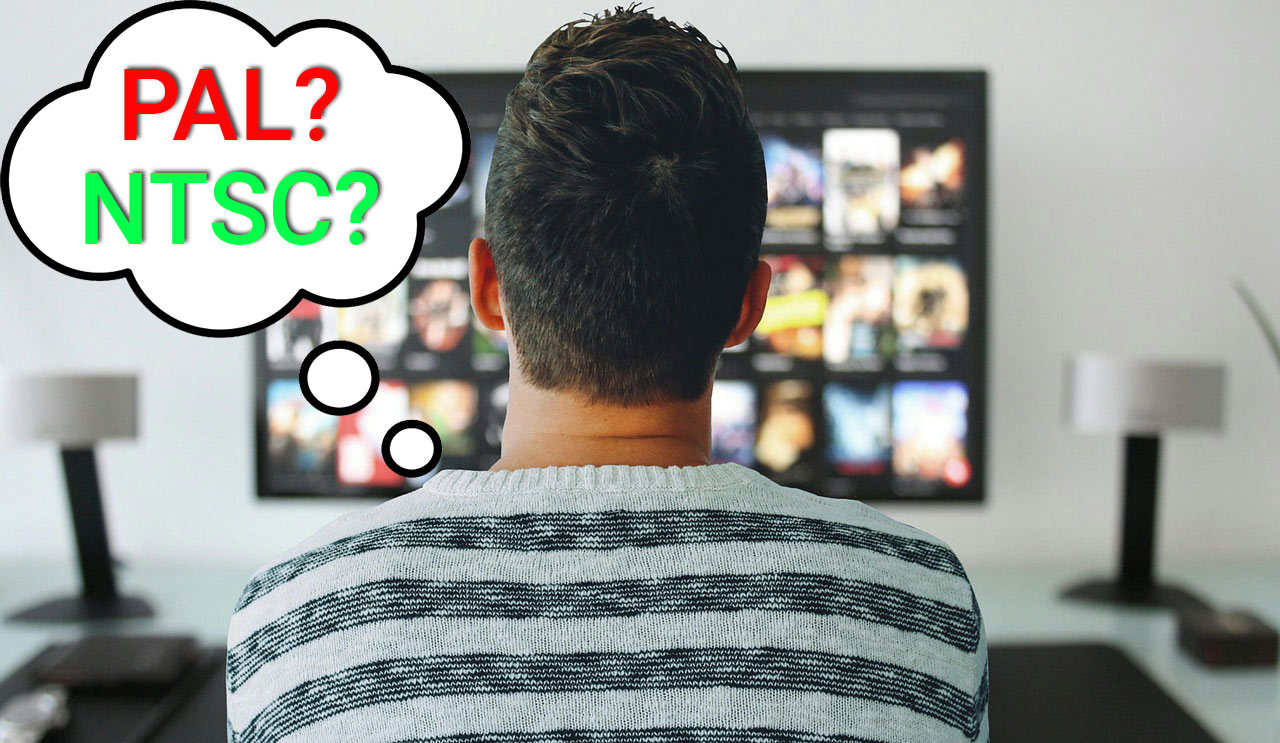

- #Kplayer 6000 pal or ntsc portable#
- #Kplayer 6000 pal or ntsc pro#
- #Kplayer 6000 pal or ntsc software#
- #Kplayer 6000 pal or ntsc Pc#
Back in the day, PAL territories used TVs that ran at 50Hz instead, and the easiest way to 'port' games over to PAL systems was to simply run them more slowly. So what's the problem here? Well, these days all console systems run at 60Hz - a format accepted by HDTVs the world over. What's baffling is the inclusion of PAL versions at all, particularly when the vast majority of the PAL titles in this list were actually developed in Japan or the United States. The controversy kicks in when you look at the titles marked with an asterisk: these are the PAL games Sony has added to the mix.

Here's how the PlayStation Classic compares with original hardware in terms of form-factor.Ī total of 20 games are preloaded on the machine, and this is the complete list. However, it's understood that proprietary emulation developed by Sony itself was used on those systems, while the small print suggests that the PlayStation Classic uses a mobile port of the PCSX emulator instead.
#Kplayer 6000 pal or ntsc portable#
Going into this one, the hope was that the quality of the emulation would be high, as Sony has an excellent history in supporting PlayStation titles on later consoles, debuting its first emulator for the PlayStation Portable (PSP), with further successes on PlayStation 3 and PlayStation Vita.
#Kplayer 6000 pal or ntsc Pc#
This is actually something of an issue as the unit is a little fussy about where it's plugged in - hooking it up to a USB 3.0 port on a PC didn't work, while plugging it into an HDTV was fine. Powered by a mobile ARM chipset, the PlayStation Classic doesn't require much juice - you can power it using a micro USB phone charger, which is just as well as weirdly, there is no power adapter in the box. This connects to the micro-console via USB. Two replica PlayStation controllers are included - and these are facsimiles of the original controller, meaning digital control input only. The unit certainly looks the part, successfully replicating the look of original hardware but measuring just 47x104x33mm - a mere 45 per cent of the volume of the original machine - and as Sony says, smaller than the footprint of a PlayStation 4 game case. If NTSC helps me edge in that direction, I will use it and not PAL, the right one for my region.Something's up with the Sony PlayStation Classic - what should be a celebration of a truly iconic console is compromised by an uneven selection of games, sub-par emulation and the bizarre choice of using a mixture of both NTSC and PAL games in a machine with a locked 60Hz high definition output.

#Kplayer 6000 pal or ntsc pro#
The Mavic Pro can produce amazing videos in the hands of experts. No stuttery images in any of the diverse, pro productions, are there? You have seen the amazing sharpness and colours on the super hi-def demo videos. If the public wanted to see smeary, blurred images, the broadcasters and TV manufacturers would love it, because their life would be so much easier and cheaper. This is the objective of modern TV broadcasters who realise that the public want super sharp, crisp images on their 4K and higher TVs.

PAL & NTSC are outdated standards that have no real function now. At other times, the output frame rate and other parameters are what you set them when you create the video file.
#Kplayer 6000 pal or ntsc software#
I personally have not tried it.īecause most editing software takes what you give it, it will produce a suitable DVD for the PAL or NTSC system you specify, when you create the DVD. According to my research, modern DVD players will play PAL, even if made for NTSC. The reason is simple, I want the 30fps and larger image size.ģ0fps ensures a crisp and stutter free video allowing slightly faster pans or movement close in than the 24fps of PAL.įor playback on computers and via the web, the PAL or NTSC standard has no effect. I shoot in NTSC, even though I live in a PAL region.


 0 kommentar(er)
0 kommentar(er)
